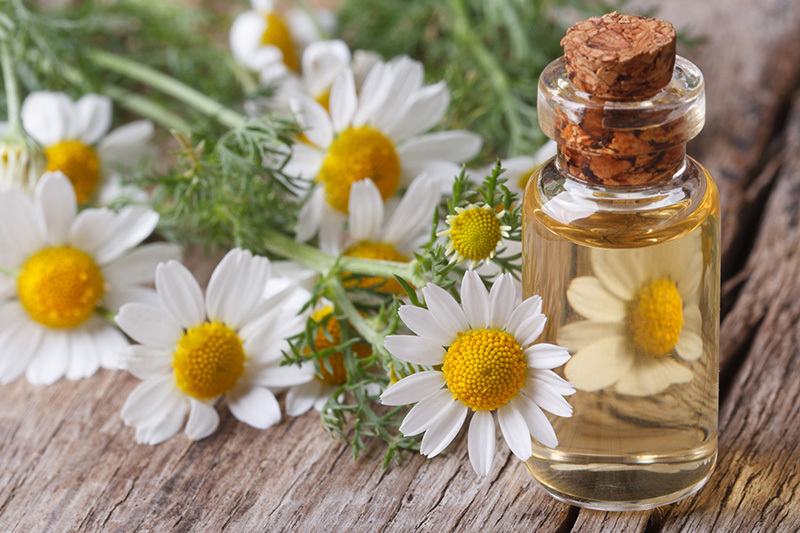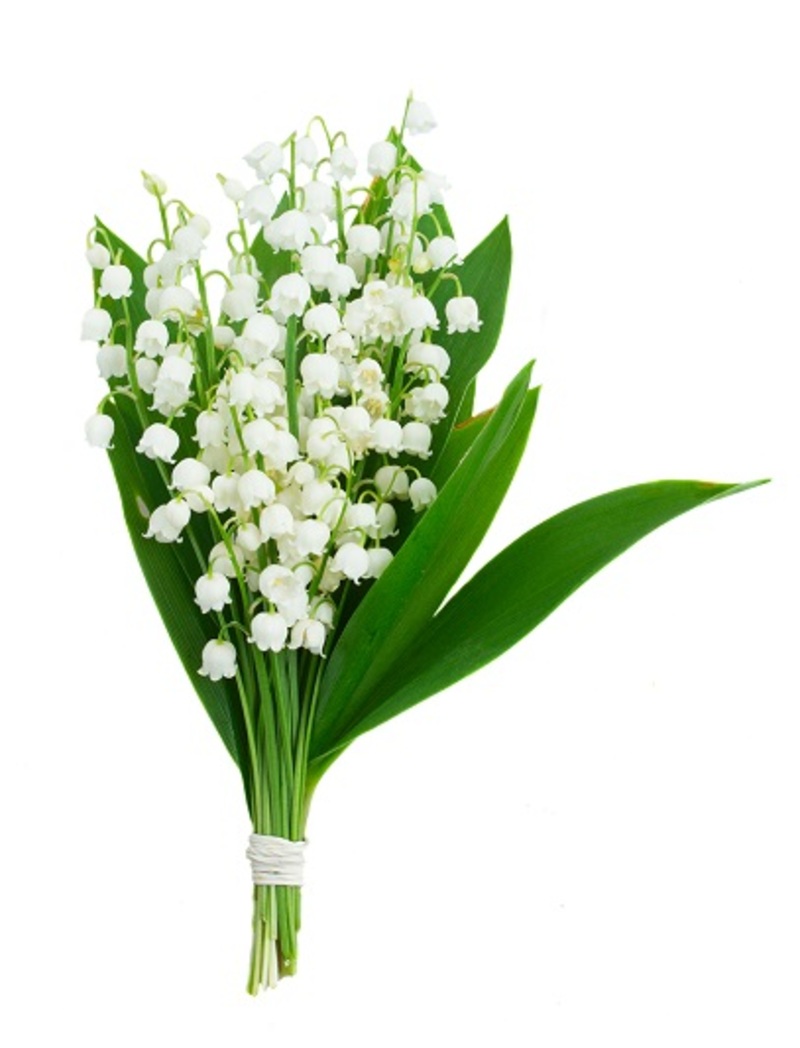Cut Flower Care: A Bloom Keeper's Guide
Posted on 18/08/2025
Cut Flower Care: A Bloom Keeper's Guide
Nothing brings life, color, and joy into a room quite like a beautiful bouquet of fresh cut flowers. Whether you've received a stunning arrangement as a gift, picked wildflowers from a sunlit field, or purchased a favorite bunch from your local florist, proper cut flower care is essential for keeping your blooms vibrant and long-lasting. In this comprehensive guide, we'll explore everything you need to know to become an expert bloom keeper and make your floral arrangements last as long as possible.
Why Proper Cut Flower Care Matters
The longevity of your bouquet doesn't solely depend on the freshness of the flowers when you receive them. With the right techniques and a little attention to detail, you can extend the vase life of your fresh cut flowers by a week or more! Investing just a few extra minutes in flower upkeep will help you enjoy their beauty -- and fragrance -- for many days longer.
- Prolonged freshness: The right care routines delay wilting and browning.
- Enhanced fragrance: Flowers that stay hydrated and healthy often retain their scent.
- Reduced bacteria: A clean vase and fresh water fight off harmful microorganisms.
- More value for your money: Maximize the enjoyment of any bouquet.

Essential Supplies for Bloom Longevity
Before diving into the details of floral care, ensure you have the following essentials on hand:
- Clean vase: Always use a vase that's been washed with hot, soapy water.
- Sharp shears or scissors: For trimming stems at the correct angle.
- Fresh water: Tap water is fine, but filtered water is even better.
- Flower food packet: Many bouquets include this; otherwise, you can make your own (more on this below).
- Clean workspace: To avoid introducing bacteria to your flowers or vase.
Step-by-Step Instructions for Caring for Cut Flowers
Step 1: Prepare Your Vase
Begin by thoroughly cleaning your vase with warm, soapy water to remove any residue or bacteria. Rinse well to ensure no soap is left, as it could damage delicate blooms. For an extra antibacterial boost, you can rinse with a solution of one part white vinegar to three parts water.
Step 2: Trim the Stems
Cut flower stems naturally seal off at the bottom within a few hours of being cut, restricting water uptake. Always recut stems before arranging them in a vase. Here's how to do it for **optimal absorption**:
- Use sharp, clean scissors or garden shears to avoid crushing the stem.
- Cut stems at a 45-degree angle. This increases the surface area for water absorption and prevents the end from sitting flat on the vase bottom.
- Trim about 1 inch off each stem.
- For woody stems (like roses, lilacs, or hydrangeas), gently split the base or crush the end to help them drink.
Step 3: Remove Excess Foliage
Leaves submerged in water decay quickly and become a breeding ground for bacteria. Strip off any leaves or foliage that will sit below the waterline in your vase. This simple practice helps prolong the life of your cut flowers by keeping the water cleaner for longer.
Step 4: Add Water and Flower Food
Fill the vase with fresh, lukewarm water. If you have a commercial flower food packet, sprinkle it into the water according to the package directions. Flower food typically contains a blend of:
- Sugar (for nourishment)
- Citric acid (to lower pH and aid water uptake)
- Bleach or antibacterial agent (to prevent bacteria growth)
No flower food? You can make your own:
- 1 teaspoon of sugar
- 2 teaspoons lemon or lime juice
- 1/2 teaspoon of household bleach (per quart/liter of water)
Step 5: Arrange and Display
Place your freshly trimmed stems into the vase, arranging them as desired. Ensure each stem has enough room and is not cramped, which can bruise flowers and leaves. The next step? Choose the right spot!
- Avoid direct sunlight: Too much light can overheat water and fade blooms early.
- Keep away from heat sources: Don't place floral arrangements on top of radiators or near heat vents.
- Stay clear of fruit bowls: Ripening fruit emits ethylene gas, which accelerates flower aging.
Step 6: Ongoing Flower Care and Maintenance
Keeping your cut blooms fresh is an ongoing process. Here's how to maintain their beauty day after day:
- Check water levels daily and top up as needed.
- Change the water completely every 2-3 days. Each time, rinse the vase, add fresh water and flower food, and recut stems.
- Remove fading flowers immediately to prevent them from hastening the wilting of their healthy neighbors.
- Watch for cloudy water, which signals bacterial growth; empty and refresh the vase right away.
Advanced Tips for Specialty Cut Flowers
Care Instructions for Popular Cut Flower Types
Not all flowers have the same requirements. Some may need special attention to stay at their best! Below are tips for the most common varieties you'll find in floral arrangements:
- Roses: Remove any thorns or foliage below the waterline. If a rose droops, re-cut the stem under water and dip in hot water for 30 seconds before placing back in the vase.
- Lilies: Remove pollen-covered stamens (they cause stains and allergies), and keep them in a cool location.
- Tulips: Tulips keep growing after being cut! Place them in shallow water and trim stems as needed to keep arrangements tidy.
- Daffodils: These release sap that can damage other flowers. Let them sit alone in water for a few hours, rinse, and then combine with other varieties.
- Hydrangeas: Dip stems in lukewarm water for an hour if blooms start to wilt. Hydrangeas love moisture -- mist their blooms for extra life.
- Sunflowers: Use tall, sturdy vases and trim stems at an angle for the best water intake.
Handling Wildflowers and Delicate Blooms
Wildflowers or field-picked blossoms often wilt more quickly than cultivated flowers. To combat this:
- Re-cut stems and hydrate immediately.
- Spray delicate blooms with a light mist of water.
- Keep cool and sheltered from wind or drafts.
Common Flower Care Issues and Fixes
Even the most diligent bloom keepers sometimes run into problems. Here's how to solve a few frequent issues:
- Wilted blooms: Try a quick fix by immersing stems (and even heads, if sturdy) in lukewarm water for 30-60 minutes.
- Cloudy/smelly water: This means bacteria has taken hold. Rinse your vase, add fresh water and flower food, and trim stems anew.
- Browning petals: Remove damaged petals promptly to prevent mold and extend the overall vase life.
- Drooping heads: Could indicate air blocked the stem. Re-cut underwater to remove air bubbles and help restore hydration.
DIY Flower Care: Homemade Flower Food Recipes
You don't need to rely on store-bought packets for every arrangement. Try these simple home recipes to keep your fresh cut flowers thriving:
- Classic mix: 1 quart water, 2 tablespoons lemon juice, 1 tablespoon sugar, 1/2 teaspoon bleach.
- Soda solution: 3 parts water, 1 part clear soda (like Sprite) -- adds sugar and preserves freshness.
- Apple cider vinegar: 1 tablespoon apple cider vinegar, 1 tablespoon sugar per quart of water.
Note: Always refresh water and solution every few days for best results.
Eco-Friendly and Sustainable Flower Care
Becoming an eco-conscious bloom keeper is easy! Here are some tips to make your cut flower care greener:
- Use biodegradable vases or recycled glass jars.
- Compost wilted flowers instead of tossing them in the trash.
- Make your own flower food with kitchen ingredients.
- Choose locally-grown or organic flowers to reduce your carbon footprint.

Frequently Asked Questions About Cut Flower Care
How often should I change the water in my vase?
Ideally, refresh your water every 2-3 days, or whenever it becomes cloudy.
Can cut flowers survive without flower food?
Yes, but using flower food or homemade alternatives will help maximize their vase life and keep them looking their best.
Why do my flowers wilt so quickly?
This is usually due to bacteria in the water, not re-cutting stems, or placing flowers in a spot that's too hot or sunny.
Is sugar enough for homemade flower food?
Sugar provides nourishment but isn't enough on its own. Adding acid (like lemon juice or vinegar) and an antibacterial (a drop of bleach) is also important.
What temperature is best for cut flowers?
Most cut flowers last longest in a cool environment -- ideally, out of direct sun and away from heating vents.
Conclusion: Become a Bloom Keeper
With a few wise steps and consistent care, any flower lover can become an expert bloom keeper. Remember: the key ingredients are a clean vase, sharp scissors, fresh water, and regular maintenance. By following the cut flower care techniques shared here, you can savor the beauty, fragrance, and joy of your floral arrangements for as long as possible.
As you master the art of fresh cut flower care, you'll discover how much rewarding even a simple bouquet can be. Your friends, guests, and loved ones will be sure to notice the difference -- and you'll enrich your home's atmosphere with lasting, natural beauty.
Want more floral wisdom? Explore our other guides for every facet of flower keeping, from seasonal arrangements to tips on growing your own cut flower garden!
Latest Posts
Achieving Expert Orchid Growing Techniques
Unravel the Mysteries: 7 Facts About Tulips You Didn't Know
Unlock the Unknown Facts About Sunflowers





